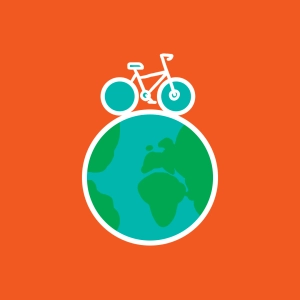 Video: History of Transportation
Video: History of Transportation
Since prehistory, Man has tried to get about.
The raft, which is a simple assembly of tree trunks and branches, is probably the first means of transport.
Domestication made it possible for the first tribes to harness animals’ strength.
However land transport was not really developed until the invention of the wheel, about 3000 years before our time.
First used in agriculture, the wagon or the plow harnessed the force of men or animals, very often the ox or the horse.
To move heavy loads more easily, on loose or uneven soil, roads were built and much later, even railroads.
The horse became Man’s best companion for work and transport especially following the invention of the shoulder collar and the horseshoe. For centuries, horse power would considerably influence the history of humanity.
Following the invention of the steam engine in the mid-18th century, the first motorized vehicles appeared and, for the first time, animal power was replaced by an engine.
Joseph Cugnot invented the first steam-powered car. Weighing eight tons with a maximum speed of 4 km/h, it barely went faster than a pedestrian and was very difficult to maneuver.
James Watt improved on the steam engine which made it possible to design the first motor boats
and the first locomotives.
From then on, there was a boom in the transport of people as well as merchandise which played a central role in the industrial revolution.
Some very strange vehicles appeared at this time such as the ‘Draisienne’ also known as the « running machine », which didn’t as yet have any pedals. These machines were the ancestors of the bicycle
However, a new noise invaded cities. That of the combustion engine.
Much lighter and more efficient than the steam engine, it opened up new horizons.
Assembly lines set up in the Ford factories in 1910 made mass production possible.
A century has gone by since Cugnot’s machine. Little by little, oil has replaced coal and cars have started to invade cities.
The 20th century is known for the development of the car and making one of humanity’s old dreams come true: flying.
Of course, there was the Montgolfier brothers’ balloon,
Lilienthal’s gliders … and then Clément Ader’s motorized airplane,
But none of these flights were controlled. We owe the first piloted flight in history to the Wright Brothers as well as the beginning of modern aviation.
As time went by, different means of transport continued to be developed, allowing us to go farther and faster. Nowadays, they are everywhere, so much so that it has become necessary to develop air, maritime, rail and trucking networks.

Discover EduMedia for free
The interactive encyclopedia that brings science and math to life in the classroom.
Over 1,000 resources





